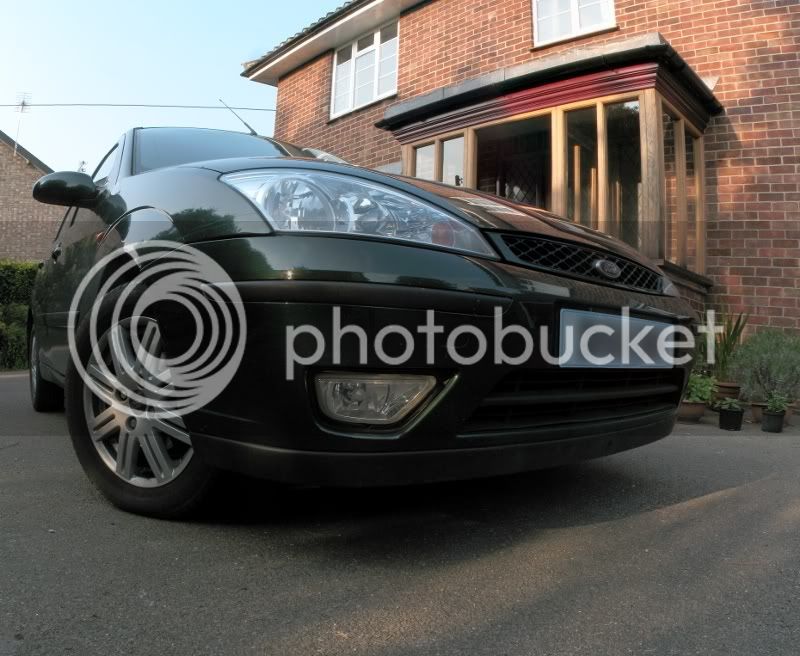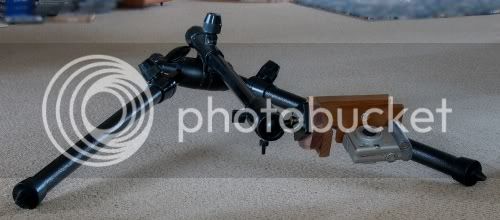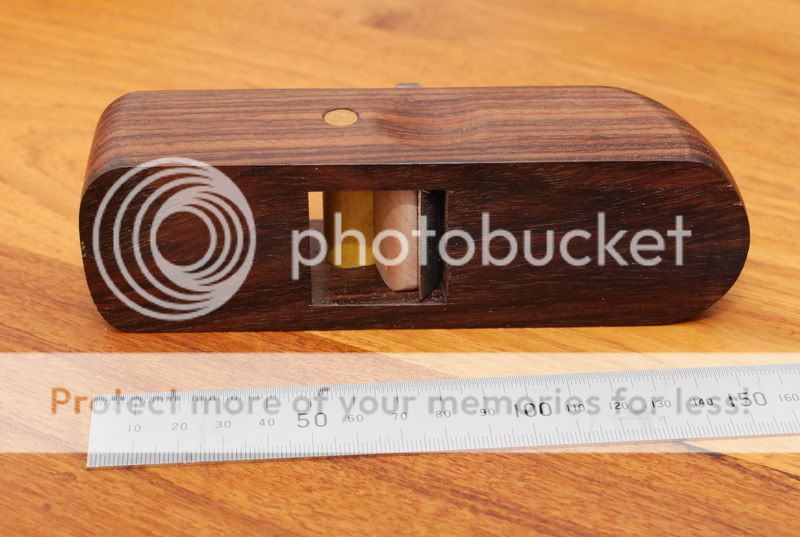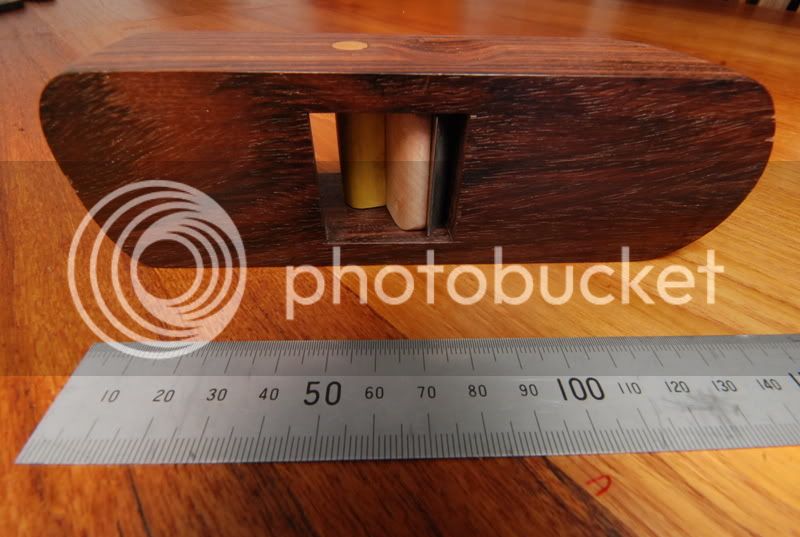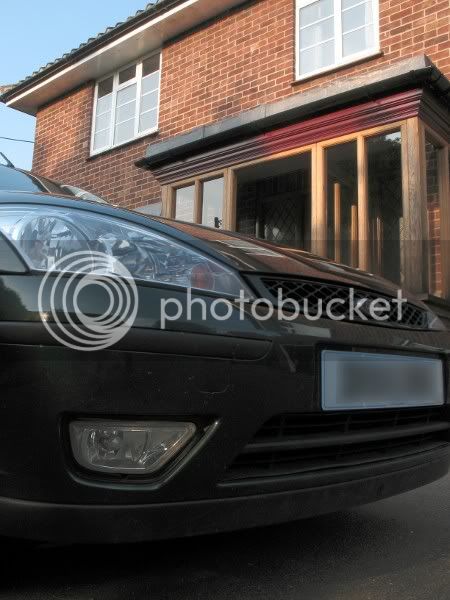Eric The Viking
Established Member
- Joined
- 19 Jan 2010
- Messages
- 6,599
- Reaction score
- 76
If this is for your archive, DIY is fine.
But anyone can snap interiors. Doing classy ones, like these is a lot more difficult than you might think. There are all sorts of tricks of the trade, from 'dressing' the shot, through to issues of lighting, the right perspective and planes of focus. It's a lot harder to get classy shots than it appears. For a day's shoot I'd expect less than ten good images.
If it's intended to sell for you, either on your web site or in brochures, I'd get a pro to do it, someone whose portfolio you've seen and like. If they get a prominent credit on your web site, and a link to their site, and the potential for lots of repeat business, it shouldn't be hugely expensive.
Using a pro means you have comeback if it's not right, they can get the 'look' you want (or suggest one), and you don't have to embarrass yourself in front of customers by fiddling around with the kit to get a result. Yes, you pay, but it does make a difference.
For furniture and closeups, you can have a standard setup for the workshop (if you have the room), so that it's just a matter of putting the item in place for a few secs. Even then there are a lot of variables.
There are other advantages too: decent photographers often get the better society weddings etc., and are in touch with the sort of people who can afford bespoke work. If they showcase your work on their site, it may be reaching a whole new group of people.
Me? I've been shooting for commercial use on and off for 20+ years. I don't do it enough to be really good at it, and I resort to the pros for difficult things.
One final quick thought: When I've time, I do 'immersive' panoramas, usually in Quicktime VR. They're brilliant for interiors, as the viewer can spin around on the spot. There's a good one here, and here, and one of mine (exterior) here.
Note that you need Quicktime (free from Apple) for the full effect with some of these pages (you navigate by clicking and dragging the mouse on the picture).
But anyone can snap interiors. Doing classy ones, like these is a lot more difficult than you might think. There are all sorts of tricks of the trade, from 'dressing' the shot, through to issues of lighting, the right perspective and planes of focus. It's a lot harder to get classy shots than it appears. For a day's shoot I'd expect less than ten good images.
If it's intended to sell for you, either on your web site or in brochures, I'd get a pro to do it, someone whose portfolio you've seen and like. If they get a prominent credit on your web site, and a link to their site, and the potential for lots of repeat business, it shouldn't be hugely expensive.
Using a pro means you have comeback if it's not right, they can get the 'look' you want (or suggest one), and you don't have to embarrass yourself in front of customers by fiddling around with the kit to get a result. Yes, you pay, but it does make a difference.
For furniture and closeups, you can have a standard setup for the workshop (if you have the room), so that it's just a matter of putting the item in place for a few secs. Even then there are a lot of variables.
There are other advantages too: decent photographers often get the better society weddings etc., and are in touch with the sort of people who can afford bespoke work. If they showcase your work on their site, it may be reaching a whole new group of people.
Me? I've been shooting for commercial use on and off for 20+ years. I don't do it enough to be really good at it, and I resort to the pros for difficult things.
One final quick thought: When I've time, I do 'immersive' panoramas, usually in Quicktime VR. They're brilliant for interiors, as the viewer can spin around on the spot. There's a good one here, and here, and one of mine (exterior) here.
Note that you need Quicktime (free from Apple) for the full effect with some of these pages (you navigate by clicking and dragging the mouse on the picture).





